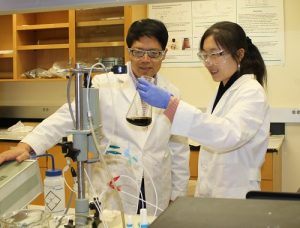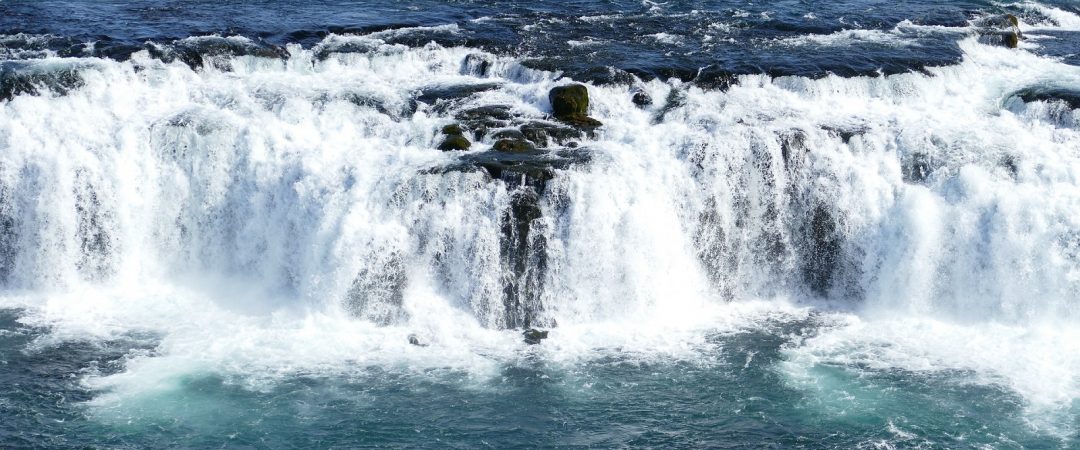Washington State University researchers have found a way to more efficiently generate hydrogen from water — an important key to making clean energy more viable. Using inexpensive nickel and iron, the researchers developed a very simple, five-minute method to create large amounts of a high-quality catalyst required for the chemical reaction to split water.
Energy conversion and storage is a key to the clean energy economy. Because solar and wind sources produce power only intermittently, there is a critical need for ways to store and save the electricity they create. One of the most promising ideas for storing renewable energy is to use the excess electricity generated from renewables to split water into oxygen and hydrogen.
Industries have not widely used the water splitting process, however, because of the prohibitive cost of the precious metal catalysts that are required – usually platinum or ruthenium. Many of the methods to split water also require too much energy, or the required catalyst materials break down too quickly.

Yuehe Lin (left) and Shaofang Fu, a Ph.D. student, in WSU Lin’s materials engineering lab. Source: Washington State University
In their work, the researchers, led by professor Yuehe Lin in the School of Mechanical and Materials Engineering, used two abundantly available and cheap metals to create a porous nanofoam that worked better than most catalysts that currently are used, including those made from the precious metals. The catalyst they created looks like a tiny sponge. With its unique atomic structure and many exposed surfaces throughout the material, the nanofoam can catalyze the important reaction with less energy than other catalysts. The catalyst showed very little loss in activity in a 12-hour stability test.

















